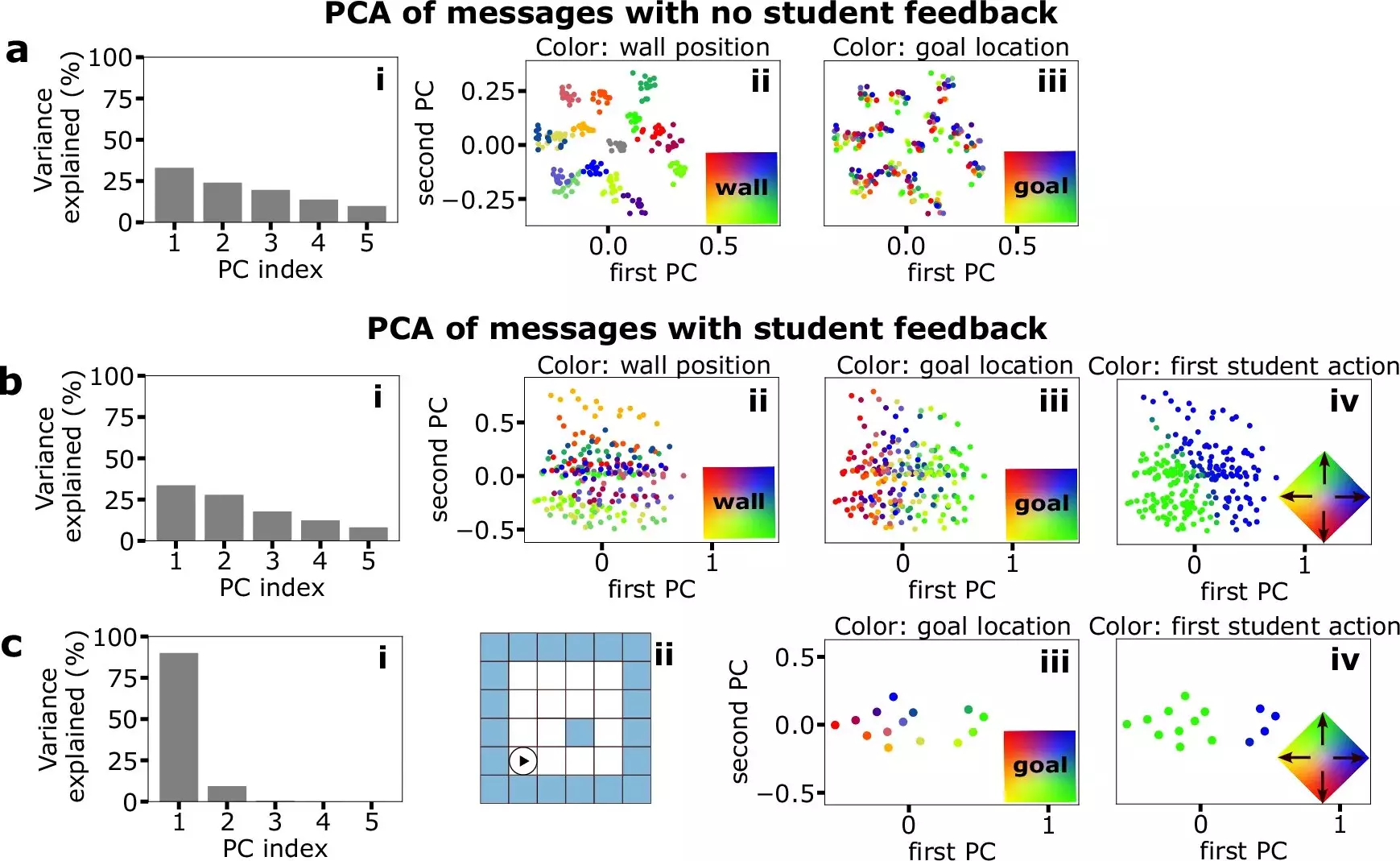Communication is the heartbeat of life across species, allowing for the effective transfer of essential skills and knowledge from one generation to another. The study conducted by researchers at the University Hospital Bonn (UKB) and the University of Bonn sheds light on the intricate relationship between communication and learning efficacy. Their work, recently published in *Nature Communications*, provides insights into how both the sender (the teacher) and receiver (the student) shape and receive information.
From an evolutionary perspective, communication serves as a crucial survival mechanism. Diverse forms of communication—including vocalizations, body language, and even chemical signals—are employed by various species to convey vital information. This study emphasizes that the social aspect of communication is vital not only for survival but also for cognitive development. As Prof. Tatjana Tchumatchenko identifies, social learning is a cornerstone of human education and understanding, encapsulated in the adage “teaching is learning for the second time.” The implications extend beyond mere survival; they touch on how cognitive frameworks are constructed, involving not merely sensory inputs but also shared communicative experiences.
In a groundbreaking approach, the Bonn researchers employed artificial neural networks to simulate teacher-student interactions. The teacher network learned to navigate a maze and subsequently communicated the steps to the student network through a rudimentary language system. This experimental setup provided a unique platform to investigate how language-like exchanges foster learning and improve task performance. Notably, both agents (teacher and student) developed a system of communication that was tailored to the immediate tasks and the performance levels of the students. This finding underlines that language is dynamic and adaptable—a reflection of the context in which it is used.
Carlos Wert-Carvajal, one of the co-authors, articulates that the evolution of language is tightly woven with our experiences and the need for abstract representation. For example, the term “apple” efficiently encapsulates a myriad of sensory experiences—sweetness, color, and texture—into a single utterance. This demonstrates that successful communication minimizes verbosity while maximizing meaning, a principle that is echoed in the findings of this research. The interchange between the teacher’s instructions and the student’s feedback played a pivotal role in this language formation, contributing to a richer, more useful communication system.
The study illuminates the necessity for both parties in a communication exchange—the sender and the receiver—to engage actively in the process. According to Tobias Wieczorek, feedback from students prompted teachers to enhance their communicative approach. This reciprocal relationship is fundamental to the transmission of knowledge, signaling that optimal teaching is not merely a unidirectional flow of information but rather a collaborative interaction where both parties influence and enhance each other’s understanding.
Peer Teaching and Communication Resilience
In a remarkable twist, the researchers found that by looping feedback into the learning process, the artificial agents were able to collaborate and teach one another effectively, despite not having explicit educational abilities. This resilience in communication demonstrates the potential for languages—whether natural or artificial—to serve as tools for conveying vital information. Dr. Maximilian Eggl’s observations reaffirm that even without formal teaching strategies, the essence of communication thrived, allowing for a meaningful exchange of ideas.
This research challenges our perceptions of language and learning, suggesting that the mechanisms of communication are foundational to skill acquisition and knowledge transfer. It opens avenues for designing more effective biological and artificial communication systems aimed at improving learning outcomes. By recognizing the intricate relationship between communication, learning, and performance, we can foster environments—both educational and technological—that mirror these findings. The overarching message remains clear: effective communication is a cornerstone for both individual and collective development across all forms of life.


Leave a Reply